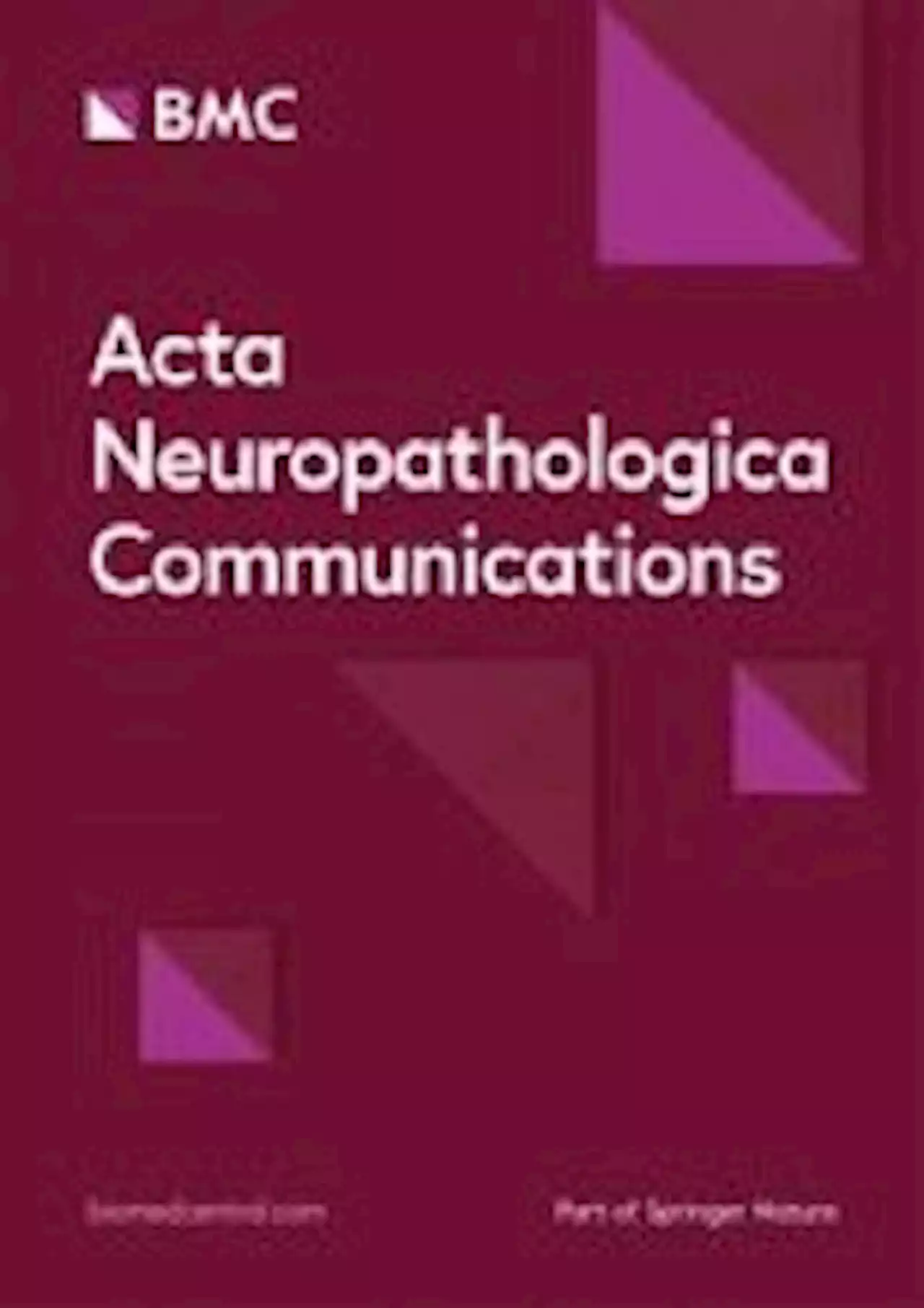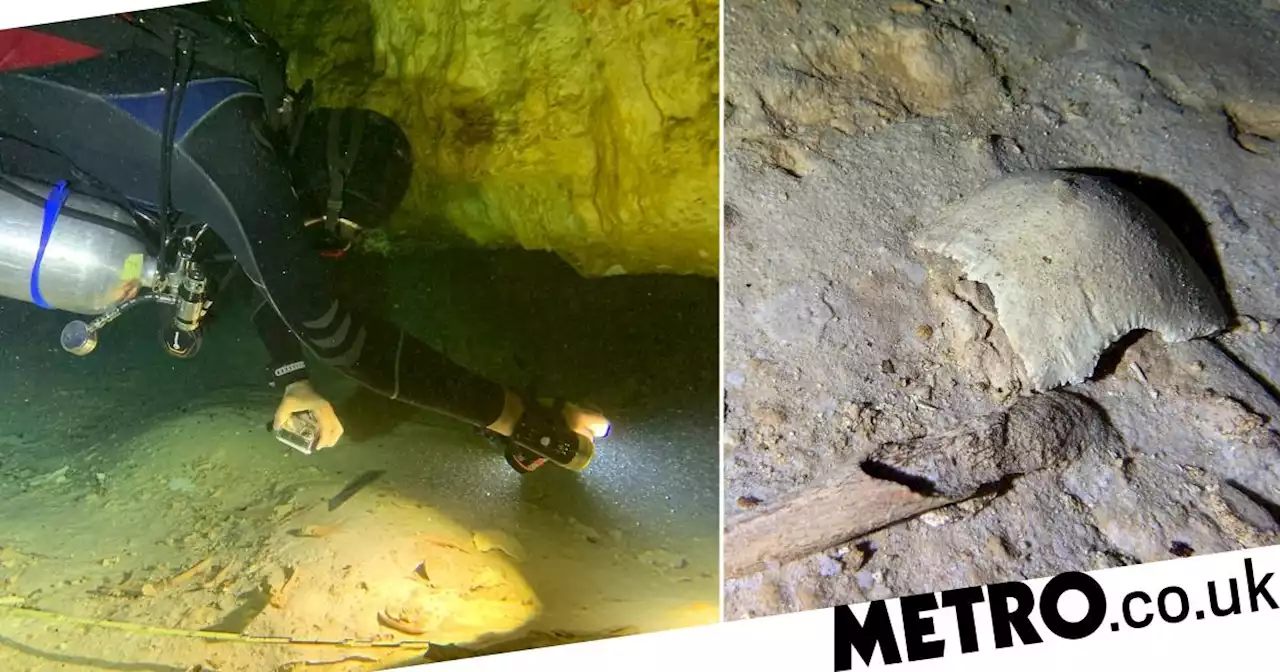The hemispheres are not equal: How the brain is not symmetrical elife
Senior Editor; University of Oxford, United KingdomIn the interests of transparency, eLife publishes the most substantive revision requests and the accompanying author responses.Thank you for submitting your article"Asymmetry of cortical functional hierarchy in humans and macaques suggests phylogenetic conservation and adaptation" for consideration by.
To make this point clear, consider the following toy example. Say we have 4 brain regions A,B,C,D. Let us say that we have the following connectivity:So the connection between B and C is twice as strong in the right hemi, and everything else remains the same.Note how B,C are closer to each other in the RIGHT, but also that A,D have moved away from each other because the eigenvector has to have norm 1.B is higher on the RIGHTSo we have found asymmetry in all of our regions.
The gradient from resting-state functional connectome has been frequently used but mainly at the group level. The current study essentially applied the gradient comparison at the individual level. Biological interpretation for individual gradient score at the parcel level as well as its comparability between individuals and between hemispheres should be resolved. This is the fundamental rationale underlying the whole analyses.
The sample size of monkey is far less than human subjects . Such limitation raises severe concern on the validity of the currently observed gradient asymmetry pattern in the monkey group, as well as the similarity results with human gradient asymmetry pattern. Despite the marginal significance of G1 inter-hemisphere gradient between humans and monkeys, I feel overall there is no convincingly meaningful similarity between these two species.
Regarding my first comment, i.e. interpretation of a change in position along the gradients: I am not sure I understand your reply. You agreed that it is difficult to interpret these changes, given that they can represent changes occurring outside the region where the change is reported, but then the analysis you have done does not address this concern. Instead, you calculated some other measure and reported the asymmetry index using this new measure.
We thank the Reviewer for the appreciation of our work and the insightful comments, which we have addressed below. This illustrates the danger of using a global optimisation procedure to analyse and interpret local changes. One has to be very careful.
South Africa Latest News, South Africa Headlines
Similar News:You can also read news stories similar to this one that we have collected from other news sources.
 Exploring successional infectious disease ecology among human pathogensIn a new study, researchers showed that life history features of pathogens help determine the age of humans when they have the highest probability of being infected.
Exploring successional infectious disease ecology among human pathogensIn a new study, researchers showed that life history features of pathogens help determine the age of humans when they have the highest probability of being infected.
Read more »
 Progression of Alzheimer's disease parallels unusual structural plasticity of human dentate granule cells - Acta Neuropathologica CommunicationsAlzheimer´s disease (AD), the most common form of dementia in industrialized countries, severely targets the hippocampal formation in humans and mouse models of this condition. The adult hippocampus hosts the continuous addition of new dentate granule cells (DGCs) in numerous mammalian species, including humans. Although the morphology and positioning of DGCs within the granule cell layer (GCL) match their developmental origin in rodents, a similar correlation has not been reported in humans to date. Our data reveal that DGCs located in inner portions of the human GCL show shorter and less complex dendrites than those found in outer portions of this layer, which are presumably generated developmentally. Moreover, in AD patients, DGCs show early morphological alterations that are further aggravated as the disease progresses. An aberrantly increased number of DGCs with several primary apical dendrites is the first morphological change detected in patients at Braak-Tau I/II stages. This alteration persists throughout AD progression and leads to generalized dendritic atrophy at late stages of the disease. Our data reveal the distinct vulnerability of several morphological characteristics of DGCs located in the inner and outer portions of the GCL to AD and support the notion that the malfunction of the hippocampus is related to cognitive impairments in patients with AD.
Progression of Alzheimer's disease parallels unusual structural plasticity of human dentate granule cells - Acta Neuropathologica CommunicationsAlzheimer´s disease (AD), the most common form of dementia in industrialized countries, severely targets the hippocampal formation in humans and mouse models of this condition. The adult hippocampus hosts the continuous addition of new dentate granule cells (DGCs) in numerous mammalian species, including humans. Although the morphology and positioning of DGCs within the granule cell layer (GCL) match their developmental origin in rodents, a similar correlation has not been reported in humans to date. Our data reveal that DGCs located in inner portions of the human GCL show shorter and less complex dendrites than those found in outer portions of this layer, which are presumably generated developmentally. Moreover, in AD patients, DGCs show early morphological alterations that are further aggravated as the disease progresses. An aberrantly increased number of DGCs with several primary apical dendrites is the first morphological change detected in patients at Braak-Tau I/II stages. This alteration persists throughout AD progression and leads to generalized dendritic atrophy at late stages of the disease. Our data reveal the distinct vulnerability of several morphological characteristics of DGCs located in the inner and outer portions of the GCL to AD and support the notion that the malfunction of the hippocampus is related to cognitive impairments in patients with AD.
Read more »
 Cave diver discovers 8,000-year-old human skeleton left over from last Ice AgeA prehistoric human skeleton has been found in a cave system flooded at the end of the last ice age 8,000 years ago 🤯
Cave diver discovers 8,000-year-old human skeleton left over from last Ice AgeA prehistoric human skeleton has been found in a cave system flooded at the end of the last ice age 8,000 years ago 🤯
Read more »
 “Attack, attack!”: Wout van Aert and Co cheer on Australian junior racers + more on the live blogNearly there… The longest week in human history is slowly drawing to a close and Ryan Mallon is in the hot seat for Thursday’s edition of the live blog
“Attack, attack!”: Wout van Aert and Co cheer on Australian junior racers + more on the live blogNearly there… The longest week in human history is slowly drawing to a close and Ryan Mallon is in the hot seat for Thursday’s edition of the live blog
Read more »
